(101 products available)













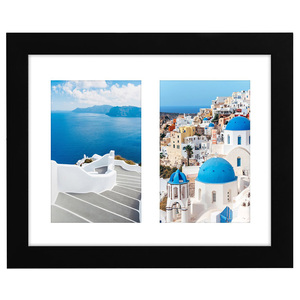
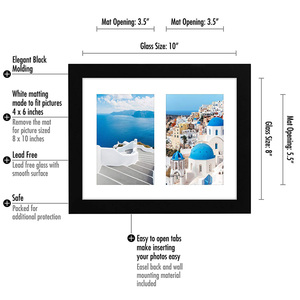


































































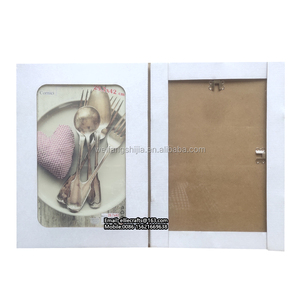














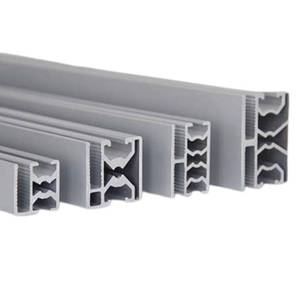


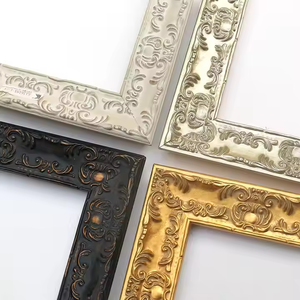






















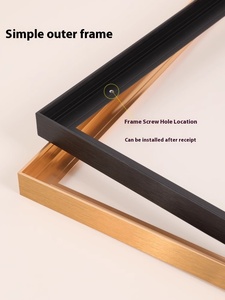



























































The 30×45 frame is a popular size for displaying artworks, photos, and certificates. It measures 30 centimeters in width and 45 centimeters in height, equivalent to approximately 12 by 18 inches. This size is often favored because it strikes a balance between being large enough to make an impact and small enough to fit in various spaces. Here are some key components of 30×45 frames:
Material:
Wood 30×45 frames are usually made of solid wood, such as pine, mahogany, or oak. They are durable, have a natural aesthetic, and can be treated to have a glossy or matte finish. Metal frames are made of materials like aluminum or steel. They are lightweight and have a modern, sleek look. Plastic frames are made from polystyrene, a type of plastic. They are affordable, lightweight, and come in many colors and styles. Glass frames have a sturdy construction and a classic appeal. Acrylic frames are shatter-resistant and offer clarity and a lightweight alternative to glass. They are easier to handle, making them a popular choice.
Matting and mounting:
Some 30×45 frames come with a mat, a thick paper board that acts as a border around the artwork or photo. The mat enhances the display and protects the artwork by keeping it away from the glass or acrylic. Frames may have clips, hinges, or other devices for easy insertion and removal of the artwork.
Protective cover:
Frames are equipped with a protective cover that shields the artwork from damage. The cover can be made of glass or acrylic. It helps prevent fading, water damage, and physical damage like tears or dents.
Backing:
The backing of a 30×45 frame provides support and protection to the artwork. It is usually made of cardboard or wood and keeps the artwork flat within the frame.
Hanging mechanism:
Frames have various hanging mechanisms, such as hooks, clips, or wires, to attach the frame to a wall. Some frames also have stands or easels for display on tabletops or shelves.
These are some of the critical design elements of the frame. The design of the frame is critical to its aesthetics and functionality.
Size and Shape:
30x45 frames are rectangular. The size is approximately 12 by 18 inches. The frame is suitable for displaying photos, artwork, certificates, and posters. The frame can be used at home or in the office. It has a large viewing area that makes the displayed item easily seen and read.
Material Used:
Wooden 30x45 frames are sturdy and durable. They have a classic look that never goes out of style. Metal frames have a modern and sleek look. They are less prone to damage than wooden frames. Plastic frames are economical and lightweight. Glass and acrylic frames are elegant and suitable for places with high humidity. Like glass frames, acrylic frames are also shatter-resistant. Composite material frames are lightweight and economical. They are available in many colors and textures.
Moulding:
The moulding of the frame is the part that forms the frame itself. It is made by joining pieces of wood. The moulding can be metal or other materials. It is the decorative part of the frame. It can be of many styles ranging from simple to complex.
Mounting and Backing:
Mounting and backing give the frame its strength and stability. They ensure that the picture or artwork does not bend or get damaged. They are made of sturdy materials like cardboard or wood.
Glazing:
The glazing of the frame is the protective cover that keeps the artwork or photo safe. It can be of glass or acrylic. The glazing protects the displayed item from water, fire, UV rays, and humidity. It also makes the frame look more beautiful.
Other Design Aspects:
Frames usually have hanging hardware. It helps users easily hang the frame on walls. Some 30x45 frames have stands. They enable users to display frames on desks or tables. Designers polish some frames to make them shine. Others may have a matte finish.
The 30x45 frame is a versatile product with many practical applications. Its dimensions make it suitable for a wide range of items, including certificates, awards, posters, and photographs.
Art display:
30x45 frames are suitable for displaying works of art and artists. They can accommodate a standard A3 size painting. Therefore, artists can use these frames to showcase their creativity in galleries, exhibitions, or even at home.
Certificate and award presentation:
These frames are also ideal for displaying important documents like certificates and awards. The frames can keep these documents safe and make them look more prestigious on office walls or mantelpieces.
Poster promotion:
In advertising, 30x45 frames can be used to present posters. They are suitable for showing promotional materials in shops, cinemas, or restaurants. Framing the posters can make them more noticeable and protect them from damage.
Photograph preservation:
Photographs are precious personal items. A 30x45 frame can help people preserve special pictures. It can also help people preserve special pictures. A frame can keep the photo safe from dust and moisture and make it look nice on the wall.
When selecting a 30x45 frame, consider the following factors:
Q1: What is the difference between 30x45 and A3 in frame sizing?
A1: The 30x45 frame size measures 30 cm by 45 cm, whereas an A3 sheet is 29.7 cm by 42 cm. The main difference lies in the shape and area, where 30x45 frames are slightly taller and have a larger area compared to A3 frames.
Q2: How can one save money on frames?
A2: Buying frames in bulk can offer significant savings. Look out for suppliers who provide discounts on frame purchases, especially during promotional periods. Opt for frames that have less costly materials, like plastic or MDF, instead of those made of wood or glass.
Q3: What is the role of matting in frames?
A3: Matting creates a space between the artwork and the glass or acrylic, preventing direct contact and potential damage. It also adds a design element, allowing for greater visual impact and the possibility of displaying smaller pieces within a larger frame.
Q4: Which is better: glass or acrylic framing?
A4: Glass is traditional and provides clarity, while acrylic is lighter, shatter-resistant, and offers UV protection. The choice depends on the location, budget, and specific needs, like protection versus weight considerations.